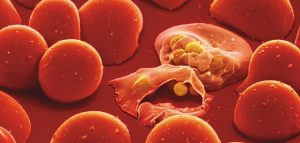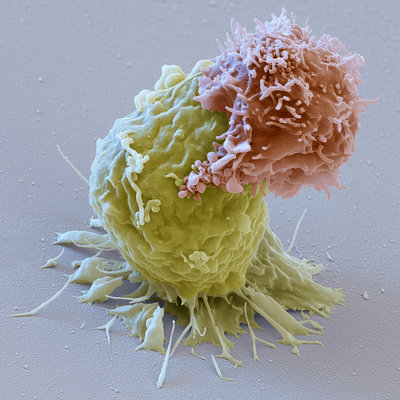Contrary to what you might see in scary movies, the combination of mutation and creepy crawly things isn’t always bad. The fictional Peter Parker transformed into the “Spider-Man,” thanks to the bite of a mutant spider. In real life, scientists developed a new breed of mosquitoes to help save the world from mosquito-borne diseases such as malaria.
What is Malaria?
According to the World Health Organization (WHO), malaria is a life-threatening disease caused by Plasmodium parasites, which are transmitted through bites of infected female mosquitoes. As of 2015, 91 countries and areas have been reported to have cases of malaria transmission. The highest number of cases (90%) was reported in Sub-Saharan Africa.
The initial symptoms of malaria include fever, headache, chills, and vomiting, which usually appear in one to two weeks after being bitten by a mosquito vector. If the patient remains untreated in 24 hours, the disease can progress with complications and may even lead to death. Due to the potential severity of malaria symptoms, scientists are exhausting all possible means to stop the spread of this fatal disease.
Friendly™ Mosquitoes & Gene Editing
Researchers at Oxford biotechnology company, Oxitec, developed mosquitoes named as Friendly™ Aedes that contain a gene that kills the young insects at the larval stage to prevent the spread of Dengue Fever. GM male mosquitoes mate with wild female mosquitoes and produce unviable larvae that die before adulthood. After one year of release in Piracicaba, Brazil, Dengue Fever cases dropped by 91%.
Andrew Hammond from Imperial College London and other scientists from different universities and institutes developed a new system using gene editing to target female reproduction of malaria mosquito vector. By decreasing the number of female offspring, there would be fewer carriers of malaria.
Gene Drive System
Modern biotechnology techniques such as protein engineering and molecular genetics have been used by scientists to lessen the population of female mosquitoes, which bite humans. Since females have one kind of sex chromosome (XX), and males have both kinds (XY), scientists aimed to prevent the passing on of an X chromosome to the next generation. This leads to mosquito populations with over 95% male offspring.
Hammond and colleagues developed their gene drive system to ensure low proportions of female mosquitoes.
According to Elizabeth Pennisi at Science, the gene drive system involves stimulating biased inheritance of specific genes to change entire populations of organisms. In normal conditions of sexual reproduction, each of the two versions of a given gene has equal chances of getting inherited by an offspring. This gene drive technology, however, overrides the traditional rule of nature by increasing the chances of one gene to be transferred to the majority of the offspring. Thus, the altered gene is quickly spread through the population, even if the change reduces the chance of reproduction for individuals.
The ‘CRISPR’ Technology
The researchers used CRISPR-Cas9 constructs that work as gene drive systems in mosquitoes. CRISPR-Cas9 is a new gene editing technique that programs the enzymes in microbes to search for a short sequence of DNA then attack it completely. The Cas9 enzymes can be used by scientists to function as a scissor and cut a specific segment of the DNA so the researcher can then entice a cell to make a new gene as a replacement. This mechanism is a “find and replace” tool placed in the biological system.

Gene Change Results at Record High
In Hammond’s research, the researchers were able to spot three genes (AGAP005958, AGAP011377, and AGAP007280) which grant a recessive female-sterility characteristic when interfered. CRISPR-Cas9 constructs engineered to target and edit each gene were inserted into each targeted locus. Results showed that for each targeted locus, a strong gene drive was exhibited at the molecular level, with transmission rates ranging from 91.4 to 99.6%.
Further experimentations indicate the high feasibility of this system in changing mosquito populations. Population modeling and cage experiments showed that the CRISPR-Cas9 construct targeting AGAP007280 achieved the minimum requirement for a gene drive intended for female reproduction in a population of insects.
Suppressing Mosquito Populations With Gene Therapy
Based on the positive findings of the study, the new system has the potential to suppress mosquito populations – that means a lower rate of malaria and other mosquito-borne diseases such as Zika, Dengue fever, and Chikungunya. Take that, Spider Man.













































